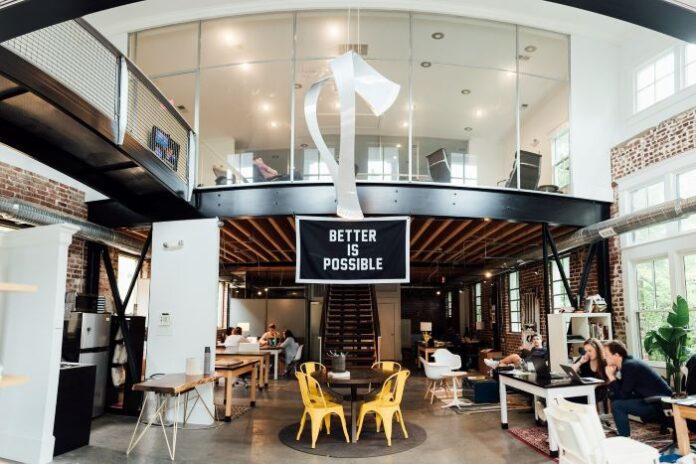In the engineering and tech space, opportunities are abundant, but there’s a shortage of talent. Top talent can write their own ticket but are also putting a high value on culture. It’s more important than ever to create a work environment where employees build bonds and feel loyalty towards their teammates.
Foundation to great teams
Creating teams that are truly invested in an organization, and one another’s success, can be one of the biggest challenges for many companies. This can become even harder the larger an organization gets and the more diverse its hires become. How do you help leaders relate to employees that identify differently from them? How do you help employees feel comfortable and safe expressing what they need to be most successful while ensuring accountability and action?
Collaboration is important. We all know two heads are better than one and that everyone needs support. That’s why we have teams in the first place. Teams are groups of individuals working together towards a common goal. And the team leader or manager could be looked at as the coach.
Breaking it down
So what makes a good team? Most would respond with words like “honesty, trust, respect, and open communication.” But what type of actionable training, guidance, and tools are used to help employees at all levels build up the interpersonal skills required to be a good supportive teammate?
I spent 14 years working in engineering and tech at 5 of the largest Fortune 500 companies in numerous leadership roles. During this time, I never received any training on managing, leading, motivating, and communicating with people from all walks of life. What I did experience is the following, and I’ll tell you why it wasn’t enough.
- Annual surveys – These are a snapshot of a moment in time, and my responses are dependent on my mood for the day. The questions are leading, and the answers are predetermined. Typically, comments are optional, results are anonymous, and there is no accountability. I never saw improvement in areas I notated on these surveys. We’d just take another one the following year.
- Personality assessment workshops – People are more than their Myers Briggs, Strengths Finders, Enneagram, etc., results. Furthermore, when these assessments are done, we are focused more on ourselves and not on the results of others and how to best adapt to serve their personality type. We also can use results negatively by drawing conclusions or stereotyping someone based on their categorization.
- Seminars/Workshops – These consist of a lot of lecturing and workbooks. There typically are interactive portions, but they tend to be heavily scenario-based and hard to replicate in real-world situations.
- Video-based training – These are independent, so they have no team initiative, allowing you to practice the skills you learn in real-time. This type of training is typically scenario-based and often unengaging. I tend to find myself multitasking instead of focusing on the content.
To sum things up, these exercises are one-time activities that don’t help you become proficient in a skill. They also don’t enforce accountability or enable you to genuinely get to know your team and their individual needs. But regular group storytelling does.
Storytelling is key
Storytelling based on actual experiences, opinions and unique perspectives that provide contextual details beyond the surface level is required to intimately get to know the team you have so you all can help develop and support each other. Storytelling allows us to self-reflect while educating others. As we inform others about who we are, where we come from, where we want to go, what motivates us, what type of support we need, and how others can help us, barriers are broken, and innovation heightens. A strong team allows employees to bring fresh new ideas for revenue generation, market expansion, efficiency creation, and more.
But storytelling requires vulnerability, empathy, compassion, listening, and communication skills which can be awkward and uncomfortable. However, KeepWOL, which stands for Keep Wondering Out Loud, makes learning through storytelling fun and comfortable through 3 simple steps: Play, Reflect, and Grow.
Gamification
The SaaS talent development platform houses a library of super fun and very informative live multiplayer games that span all areas of professional & personal development. The psychology-based games emphasize storytelling to elevate the human experience, provide contextual details, encourage understanding, and promote inclusivity amongst teams. The impact of each game session is tracked by data collected within the platform, providing accountability, measurable change, and continuous development opportunities. What are the results? Maximized cultural intelligence, improved team dynamics, and greater productivity.
We must recognize that leaders, managers, and employees are people first and act as such. It’s time to start having complex, non-combative conversations that teach us about our teammates and ourselves while building trust, respect, and loyalty. You know, the things that make up a great team! Strong team bonds make people think long and hard before leaving a company.















